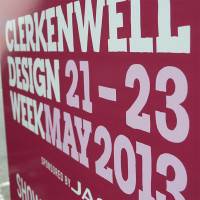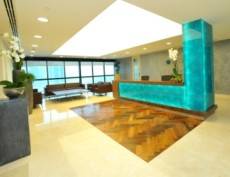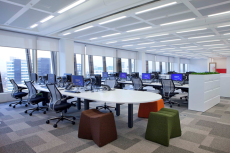June 5, 2013
The answer to poor ergonomics isn’t buying different stuff for people to sit on
A new survey from Fellowes suggests that poorly equipped workstations and a lack of training and risk assessments by employers contribute to the range of ergonomic problems that cost the UK economy an annual £7 billion. Their PR people have done a good job on this survey because they’ve managed to get the Daily Mail stirred up, amongst others. This will be a short comment because we’ve covered the matter so extensively in a number of ways before here, here, here, here, here and here. The primary answer to the problems associated with sitting at work is to stop sitting, not merely to sit on different things. We need a working culture that gives people the right chairs then encourages them to stop using them them at the first opportunity. Ergonomics is about the relationship between people and stuff, so we should change the relationship and not just the stuff.




















May 29, 2013
Crowds brave the grey weather to enjoy Clerkenwell Design Week
by John Sacks • Comment, Flooring, Furniture, Products, Workplace design
(more…)